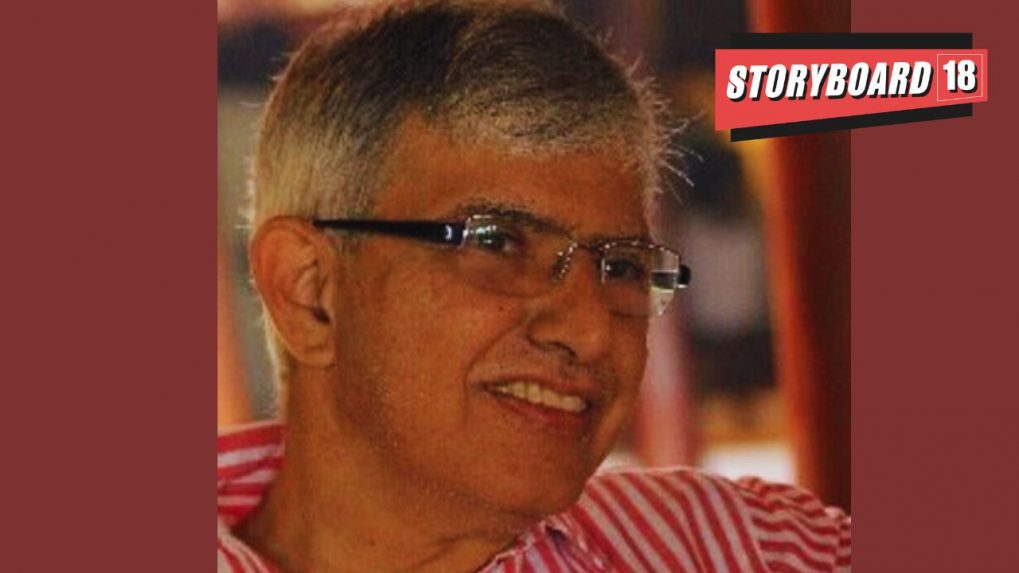Goafest 2023: Digital is just as important as traditional for efficient media plans, Madison's Sam Balsara
Sam Balsara, founder, chairman of Madison World shared key lessons during Goafest 2023 on effective media planning and a case study on building brand Cinthol.
ADVERTISEMENT
Sam Balsara, founder, chairman of Madison World, kick-started Day 2 of Goafest 2023 with a masterclass on ‘Media planning in a digital world.’ He began with an anecdote concerning his company, which was established in 1988. In 1989, a premium variant of a soap, called Cinthol Lime, was launched, which was a big bet for his first client Godrej. He prepared the media plan and it consisted of four spots to run on four consecutive Sunday mornings during the popular programme Mahabharat that ran on Doordarshan.
In the first month of this campaign, Cinthol Lime registered a 5.3 percent market share in the premium soap market.
As part of his presentation, Balsara shared a few valuable lessons on effectiveness of smart media planning and building the Godrej-owned soap brand:
1. In the last five years, homes with television sets increased by 100 billion. But, digital penetration increased by 300 billion.
2. Until recently, India was not considered a digitally savvy nation. Today, data consumption is among the highest in the world. There has been a 9x increase in short video content since 2016. On average, people spend almost five hours on smartphones daily.
3. At the time of Cinthol Lime’s launch, people were focused with longer attention spans, which proved good for advertisers. Today, people have much shorter attention spans. Multimedia consumption is up 40 percent, and rising further. It is a huge challenge for media planners and advertisers.
4. Earlier, large advertisers had a simple fundamental strategy. They had deep pockets, and they could dominate the media. That is how they became big and continued to grow bigger. This is because through their ad spends, they created a fort around themselves that no small entrepreneur could penetrate.
5. The confidence of advertisers or marketers in advertising as a means to build brands and market share has remained intact. Today, the world spends $881 billion on advertising every year.
6. On the subject of Indian AdEx, from 2019, when digital was 23 percent, the Covid-19 outbreak pushed it up to 31 percent in 2020. It further moved up to 34 percent in 2021. Last year, it was 38 percent, and became the number one medium in India. This year, expectations are that it could go up to 41 percent.
7. FMCG is the largest advertising category in India. It accounts for 30 percent of Indian AdEx.
8. Large FMCG advertisers have been slow to adopt digital. But in the case of Hindustan Unilever, in its latest quarterly report, it highlighted that more than 25 percent of its advertising budget is spent on digital media.
9. Digital is becoming popular due to technology. Technology is providing four major benefits: enabling one to go beyond demographics, enabling data-driven analytics, enabling contextual messaging and allowing to harness the power of virality.

